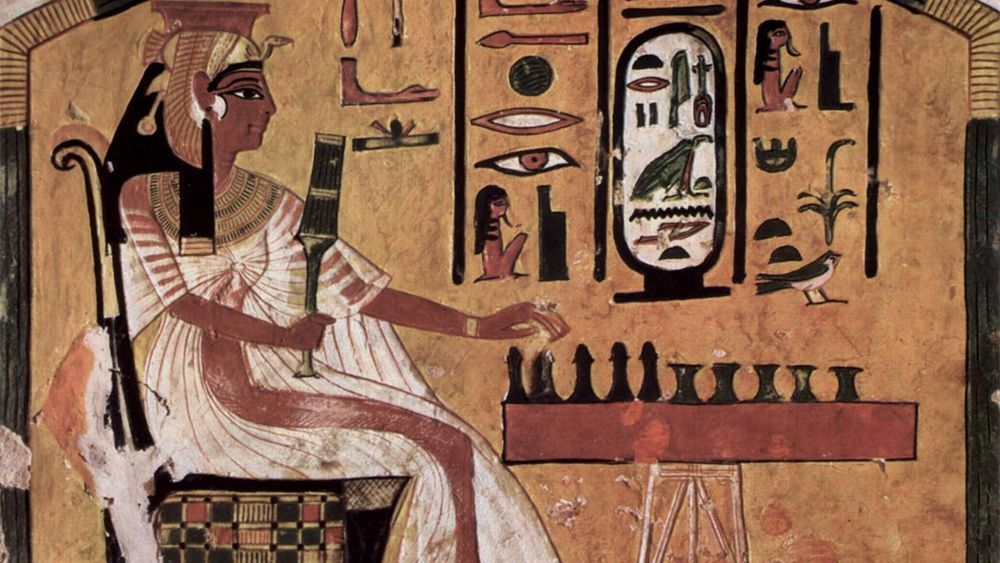Halo Infinite is coming this year as a launch title for Xbox Series X.




O.o.
If you’ve ever seen any Jaws movies, you know not to mess with the great white shark. New research says there is more reason to be in awe of these predators: their DNA makes them resilient to diseases like cancer.
A collaborative research team from Nova Southeastern University, Florida, California State University, Cornell University College of Veterinary Medicine, University of Porto, Portugal and others published their findings in PNAS.
“Decoding the white shark genome is providing science with a new set of keys to unlock lingering mysteries about these feared and misunderstood predators – why sharks have thrived for some 500 million years, longer than almost any vertebrate on earth” said Dr. Salvador Jorgensen, a Senior Research Scientist at the Monterey Bay Aquarium, who co-authored the study.


Watch CD Projekt Red’s stream, where it will showcase a 15-minute version of Cyberpunk 2077’s recent gameplay demo, where we expect to get details on Night City, playstyles, and more.

A classic short film has been upscaled to 4K and 60fps using neural networks. The results are very impressive. The upscaling makes the movie look like something that could have been filmed today.
Rid Paris of its Nazi problem together with a friend in Wolfenstein: Youngblood, the first co-op game in the series’s history. Set in a twisted 1980, step into the power armor of the “Terror Twins,” Jess and Soph Blazkowicz, on a mission to find your missing father BJ.
Clean up the Parisian streets with an arsenal of weapons and abilities in online co-op or with an AI companion. Wolfenstein: Youngblood is available July 26, 2019 for PC, PlayStation 4, Xbox One, and Nintendo Switch.
Pre-order the Deluxe Edition and invite a friend to play the full game FREE with the Buddy Pass! The Deluxe Edition includes the Cyborg Skin Pack to customize your power armor and weapons. As a bonus, players who pre-order will also receive the Legacy Pack, iconic skins inspired by BJ’s earlier adventures!
Follow us for the latest Wolfenstein: Youngblood news:
https://www.Facebook.com/Wolfenstein
Tweets by wolfenstein
https://www.Instagram.com/Wolfenstein